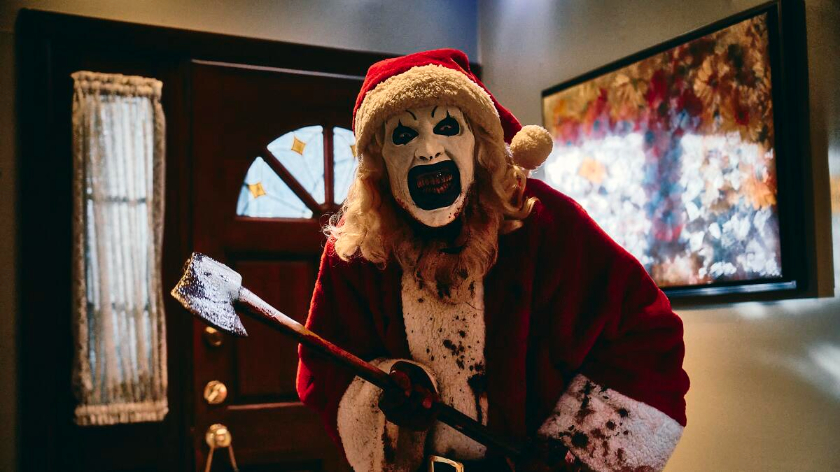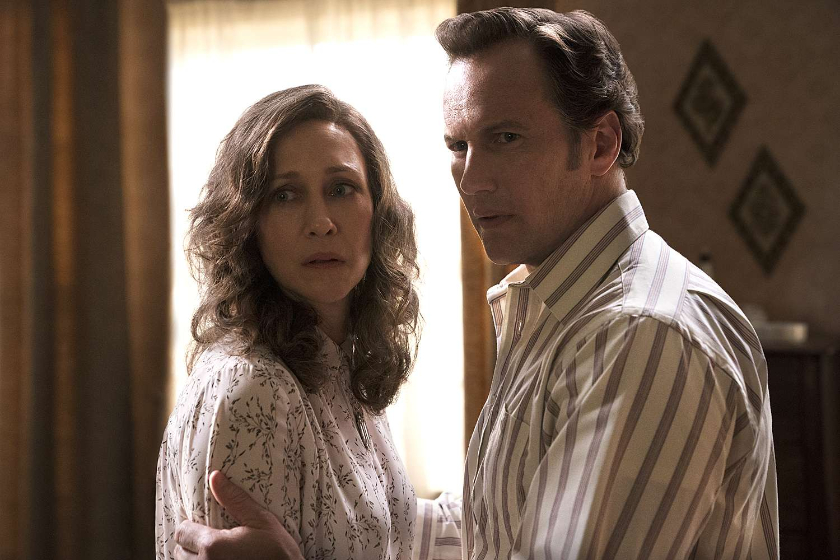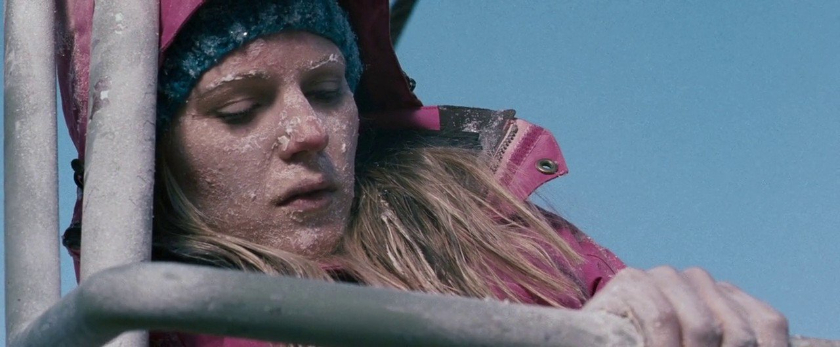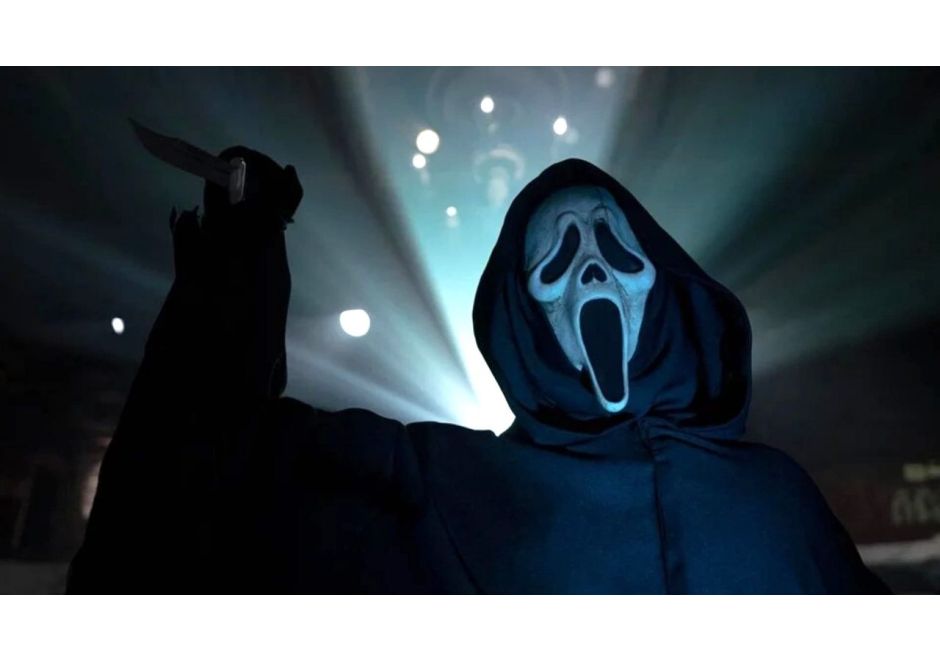“I was house-sitting for a friend of mine, and I walk into the family room and see that the window’s open, and I’m freaked out. So, I go and I get a butcher knife and I start walking around the house and I call up my friend on the phone and say, ‘I think someone’s in the house.’”
Kevin Williamson shared this tale recently in an interview with The Independent regarding what inspired him to write the opening scene in Scream. Add to that a news story of a serial killer preying on college students, and a trivia night where people guessed incorrectly that Jason was the killer in Friday the 13th, and you have the makings of a horror movie that has spawned 6 sequels and counting.
The inspiration for horror movies can come from anywhere. Sometimes it comes from a dream. Other times it’s something we’re afraid of. And sometimes you’re just minding your own business when it suddenly hits you.
Any moment of our life can suddenly fuel the ideas behind our next horror movie idea; you just have to be receptive.
Here are 5 ways to look for inspiration for your next horror movie.


1. Phobias
According to the Cleveland Clinic, between 8-12% of the population meet the criteria for having a phobia. But let’s face it, spiders and snakes scare the hell out of a lot of people; so do heights and closed spaces.
While not everyone has an irrational fear of something, everyone knows what it’s like to be afraid of something so much that it paralyzes you. Most people can relate to a phobia, which makes phobias a catalyst for great storytelling within the horror genre. Another example are characters like Art the Clown in the Terrifier and Pennywise in IT simply because a lot of people are freaked out by clowns, so much so that they really don’t have to do anything other than show up.
Another aspect of phobias is how they can make characters react. Toss a fake spider at someone even a little afraid of them and they’ll lose their mind, maybe even run out of the room screaming. Phobias make people emotionally tense, and ideal for conflict in horror.
There are over 500 phobias out there, so find a list and start coming up with creepy ways to scare people. Here are just a few ways they’ve been used in movies:
- Fall – Fear of heights
- Arachnophobia – Fear of spiders
- Kimi, The Woman in the Window – Fear of going outside (also known as agoraphobia.)
When you tap into the primal fears we all share, your horror doesn’t just scare - it lingers, crawling into the audience’s own phobias long after the credits roll.


2. Based on a True Story
“Based on a true story” is a very loose term when it comes to movies. Generally, there are a lot of creative liberties taken as filmmakers discover an idea and enhance the horror elements around it. However, to be truly frightening, it’s best to ground it in as much reality as you can.
Successful filmmakers who create horror films based on real events will do their research and even include the people involved during the development and production process, if possible.
In The Conjuring: Last Rites, director Michael Chaves said during press interviews, and reported by the Daily Dead, that they involved the Smurl sisters early on in the development process.
“We really tried to ground [this movie] in their experience, and based on things that they had gone through,” he said.
If there is a true story you want to tell but want to change it considerably to make it more your own, you can always say, ‘inspired by true events.’
Here are some of the most popular horror movies based on a true story:
- The Texas Chainsaw Massacre
- The Conjuring
- The Exorcist (based on a novel, inspired by a true story)
- Open Water
- The Exorcism of Emily Rose
- The Ritual
- The Pope’s Exorcist


3. Personal Experiences
No one really wants to live through a horror movie, but you might be able to pull inspiration from real life and use writing as an outlet for your emotions or as part of a broader story.
For Scream, Williamson was inspired by something that happened while babysitting, and turned it into one of the best opening scenes in a horror movie. Zach Cregger turned an emotional, personal experience in his life into the critical and commercial success, Weapons.
So how can you find inspiration in your personal life? Look around at the mundane parts of life or your day job and discover the horror elements of it. What could go wrong? How could horror be a metaphor?
The brain of a horror writer can find the scariness in just about anything. Frozen (2010) has three people stuck on a chairlift after a long day of skiing who must survive overnight. Writer/Director Adam Green told LAist, “I think anyone who has ever been skiing has had that fear. That chairlift always, undoubtedly stops for some reason, usually because somebody fell getting on or off of it. But there's this collective fear of everyone on the chairlift wondering ‘If the chairlift doesn't start again, how are we going to get down?’ And that's how this project started.”
For Andrew Kevin Walker, screenwriter of Se7en, his personal experience was the shock of moving from the suburbs to New York City.
“The idea — ‘seven deadly sin murders’ — was a reaction to living in New York and putting myself in a John Doe head space where you could walk down the street and see every “deadly sin” on every street corner,” Walker said in an interview with Medium. “What if someone was so highly, over-sensitively attuned to these injustices? That’s where the idea of seven deadly sins came from.”
A personal experience isn’t always something you live through, but could be how you deal with a situation you find yourself in.
4. Monsters and Folklore
La Llorna. Zombies. Witches. Beetlejuice.
Whether you create your own monster or look back at folklore in religion, regions or cultures, there are plenty of creatures you can find who can wreak havoc on unsuspecting characters.
Witches, for example, can be placed in both monster and folklore categories. Robert Eggers used New England folklore to tell his story, The Witch, which took place in the 1600s. Other times, it’s The Blair Witch Project that is a fabrication of the filmmakers.
Look no further than where you live or your religion for inspiration. You can also check out several folk tales from any number of cultures. What would be your take on a story like Hansel & Gretel or even Dracula?
After all, even Steamboat Willie and Winnie the Pooh have found their way into horror recently.
5. Holiday Horror
There are probably more horror movies that take place around Christmas than any other holiday. Maybe it’s a flip on the joyfulness of the holiday that makes it work, but it seems to be a popular time to explore horror.
Also, if you want to write a holiday-horror, watch movies that aren’t horror but still have that genre. It’s obvious that It’s a Wonderful Knife was a play on It’s a Wonderful Life, so it was important for the filmmakers to mine the original one for content they could use. How can you use the tropes of a holiday movie in the context of horror?
Every holiday has its traditions (or tropes) that can be used in the horror genre. For example, what Valentine’s Day horror film wouldn’t have love notes, hearts or flowers?
Here is a list of horror movies with holidays at their core:
- Valentine’s Day – Heart Eyes, My Bloody Valentine
- St. Patrick’s Day – Leprechaun
- Halloween – Halloween, Trick 'r Treat, Hell House LLC
- Thanksgiving – Thanksgiving, Black Friday
- Christmas – Krampus, Black Christmas, It’s a Wonderful Knife
With so many holidays, you can get creative and find a way to center a scary movie around it. The world may just need a President’s Day or Cinco de Mayo based horror movie written by you.
When it comes to writing, it’s all about opening your mind and remaining receptive to what’s around you. Inspiration can come at any moment, from anywhere. You might seek it out by browsing a list of phobias or you might find it strike when sitting at a family BBQ. Horror is about tapping into people’s fears, so think about what could scare you wherever you’re at.

